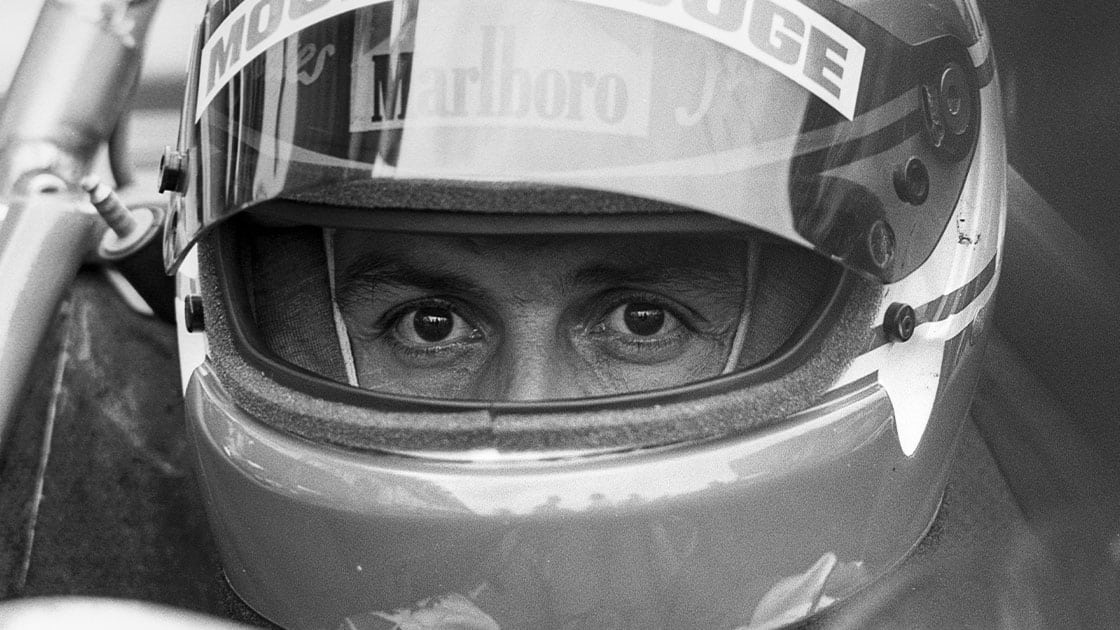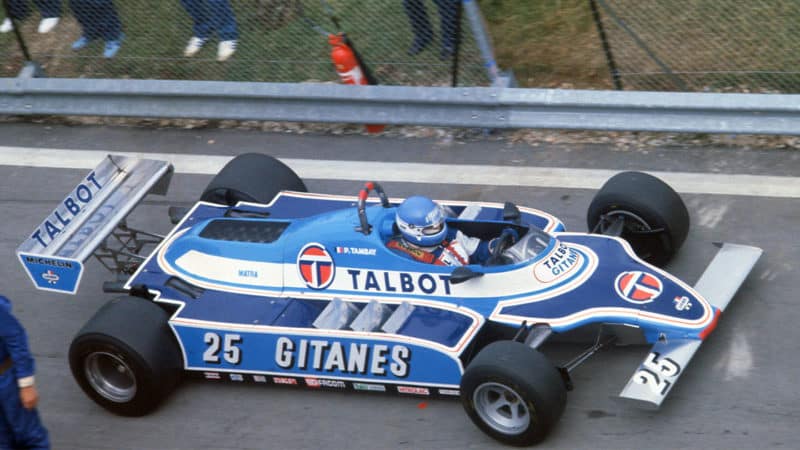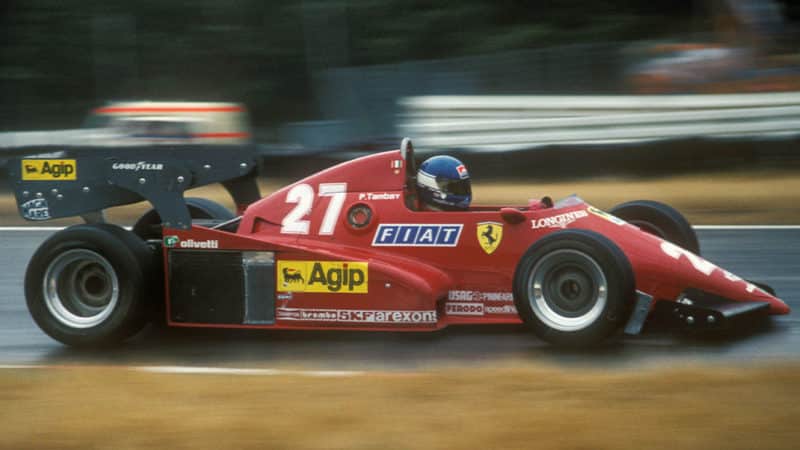He would spend three seasons in F2, his rookie campaign ending with three fourth places and seventh in the standings before he finished equal second in 1975 [behind Laffite] and third in ’76, when Jean-Pierre Jabouille headed an all-French 1-2-3-4. It was a golden age for the nation that invented motor racing, a time when mere possession of a French passport seemed enough to guarantee solid progress. “Our economy was strong,” Tambay says, “and we had the support of Elf…”
He did not, however, have enough backing to secure an F1 seat – for the time being, at least. “I went to Watkins Glen at the end of 1976,” he says, “to chat to teams and ask what it would take to make the next step. While I was in the States Sid Taylor from Theodore Racing got in touch and told me to get to Riverside, because they had an F5000 vacancy.” The Frenchman qualified sixth, but retired early from his heat before finishing ninth in the final. He had, though, created a favourable impression.
Elf offered full backing for a fourth season of F2 in 1977, but couldn’t promise anything beyond limited assistance in F1. Tambay persisted with his dream, however, rejecting his sponsor’s firm offer in favour of a winter of telex and counter-telex, liaising with F1 teams until finally striking a deal to race a Theodore-run Ensign in the second half of the season, notionally starting in France.
“With greater maturity I’d have said no to Surtees”
That was only a couple of weeks away when Redman flipped his Haas Racing Lola T332CS, while practising for the opening round of the revived Can-Am Championship at St Jovite. Which is where we came in. The Englishman sustained serious injuries that would keep him out of the cockpit for several months, so French photographer Bernard Cahier passed Tambay’s phone number to Carl Haas. The consequence? Six wins from seven starts and a first championship title on anything other than skis.
It was to be a busy summer of constant transatlantic voyages, but the Ensign wasn’t ready for the French GP. Tambay turned up, though, and on Saturday was asked to take the helm of Larry Perkins’s Surtees TS19, which the Australian had been struggling to qualify. Tambay fared little better and eventually went off. “With greater maturity,” he says, “if I’d been offered the same kind of opportunity I’d have said ‘no’, but I was a mad young dog at that stage and needed to earn enough money to feed myself, so I accepted.”
***
A fortnight later Silverstone was the stage for a collection of F1 firsts: Gilles Villeneuve’s debut in a third McLaren, Renault’s maiden post-war GP appearance, the arrival of turbocharged engines, Michelin and radial tyres, plus the belated baptism of the Theodore Ensign, for which Tambay had been required to find sponsorship to the tune of $80,000 (for the full half-season, not just the one race). Villeneuve stole many a headline, but Tambay was also impressive: they were first and second in pre-qualifying, then the Frenchman started 16th while Clay Regazzoni failed to make the cut in the works Ensign. Electrical problems condemned him to an early retirement, but it was a promising start.





